Denis Pirogov: ‘Retail chains could reduce prices for finished dairy products by 10-15%’
According to the director general of Tatmolsoyuz, such a step would help local producers and processors of raw milk to maintain the dynamics of consumer demand
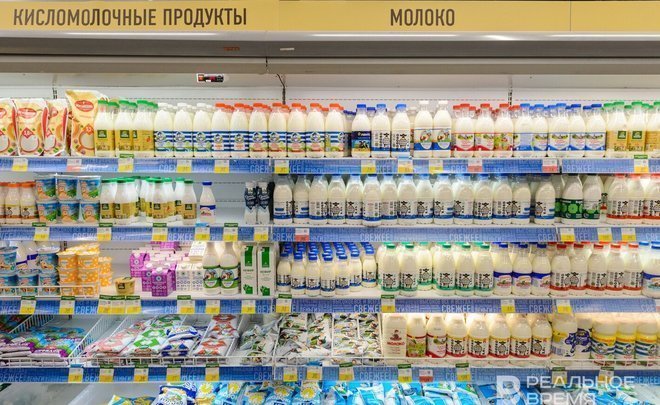
The purchase prices for raw milk have gone up. The increase in the cost of raw materials is still insignificant. However, manufacturers and processors have perked up after months of reducing the cost of their products. This was told to Realnoe Vremya by Director General of the Union of Milk Producers of Tatarstan (Tatmolsoyuz) Denis Pirogov.
A positive price trend of 1,1% in September of this year compared to August was recorded in the National Union of Milk Producers (Soyuzmoloko). According to the organisation's analysts, who published a review for the first month of autumn, the average cost of 1 kg of raw materials increased to 31,7 rubles. Nevertheless, it was lower than in the same period last year, by 11,9%. In just 8 months of 2023, the price of raw milk fell by 16,1% (from 37,3 rubles to 31,3 rubles). At the same time, the operating cost of milk production increased by 13,1% year-on-year due to an increase in feed prices, diesel fuel, an increase in electricity tariffs, an acceleration in the devaluation of the ruble and an increase in inflation rates, Soyuzmolok noted.
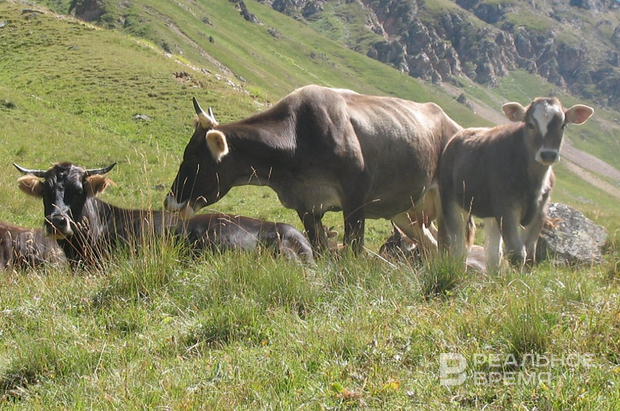
The Union of Milk Producers of Tatarstan also noticed a positive trend.
“In Tatarstan, the increase in purchase prices for raw milk is recorded at about the same level as throughout Russia," Pirogov confirmed.
At the same time, the director general of Tatmolsoyuz provided the latest data on the current cost of raw materials in the republic.
'“As of November 15, the average price of raw milk was in the corridor of 32-33 rubles without VAT. There are higher ones, of course," he noted.
According to Pirogov, two factors influenced the increase in cost at once.
“For the second and third quarters of this year, there is an increase in household incomes. Accordingly, the demand for finished dairy products has increased… The second factor is the lack of fats: butter, cream. This also affects demand. There have been no imports from abroad for the last 2 years, which, in general, is good for our producers and processors. Here we stand up to the competition. The power that is on the market today is mainly due to this," the head of Tatmolsoyuz is sure.
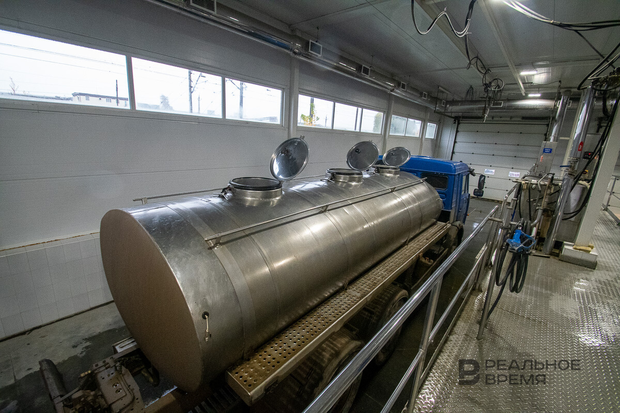
Besides, seasonality is still playing into the hands of producers and processors of milk products.
“Traditionally in Russia in the autumn-winter period, there is a decrease in production volumes. Therefore, products are contracted for the upcoming period and more or less adequate price tags are offered. The cost also depends on consumption. New Year's holidays and contracts with suppliers and processors of raw materials with retail chains are ahead. They are now engaged in the implementation of these contracts. But it's in the moment. The New Year holidays will pass, and there will be no such demand," Pirogov explained.
Earlier, the chief dairy farmer of Tatarstan said that the decline in demand for raw milk and the subsequent sharp drop in purchase prices in the summer of 2023 was a serious blow for local dairy farmers. Pirogov recalled that last year, when sanctions and counter-sanctions began to work, all imported dairy products from far abroad stopped coming to Russia. A niche formed in the market.
“Therefore, there was a rush demand for dairy raw materials and the price was rising. Every year, as a rule, we observe a seasonal decline in prices in summer and a seasonal increase in raw material prices in winter. This did not happen in 2022. Even at the beginning of summer, the price continued to rise until the end of the year. Along with it, the volume of raw milk production was also growing. Good conditions and high prices motivated to increase the pace of milk production. Agricultural organisations invested a lot, built complexes, bought equipment, imported cattle. As a result, the growth rate of raw milk production remained, but the market capacity has not increased," Pirogov said.
Because of this, prices have gone down since February 2023. They reached their minimum by July. According to the Union of Milk Producers of Tatarstan, 34 rubles 7 kopecks without VAT were the purchase prices at the beginning of 2023. By mid-summer, they had fallen to 27 rubles 60 kopecks without VAT.
Now, according to Pirogov, there are chances that prices will return to the level of January this year.
“We believe that in order to confidently, dynamically develop the production of raw milk, profitability should be at least 10-15%. At the current cost price, which is also growing, and by the end of the year, I think it will approach 29-30 rubles per kg, the price should be at least 33-34 rubles without VAT. It has almost reached this level," he noted.
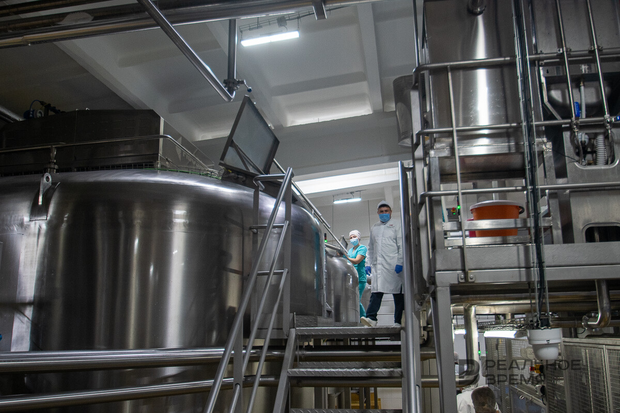
The chief dairy farmer of Tatarstan believes that retail chains could also contribute and help dairy producers.
“The most important beneficiary is retail chains. We believe that the balanced formula for success is 10/10/10, where 10% is profitability on raw materials, 10% — processing, and 10% — trade. Retail chains could well reduce retail prices for finished products by 10-15 percent. Then we would have maintained the demand dynamics that we currently have. We expect that the price increase that occurred from mid-October to November will spoil all the dynamics for us. In the future, I would like the price of raw materials not to fall below 34-33 rubles in 2024. The most important thing is that the cost price does not grow. We don't know what the exchange rate will be. Almost 80% of the equipment is imported. It requires maintenance, the equipment, the feed. The equipment has risen in price by 2-2.5 times," their head voiced the hopes and fears of regional dairy farmers.
According to Pirogov, at the end of the year in Tatarstan, according to the most conservative estimates, milk production is expected to increase by at least 6-7% (110-120 thousand tonnes).
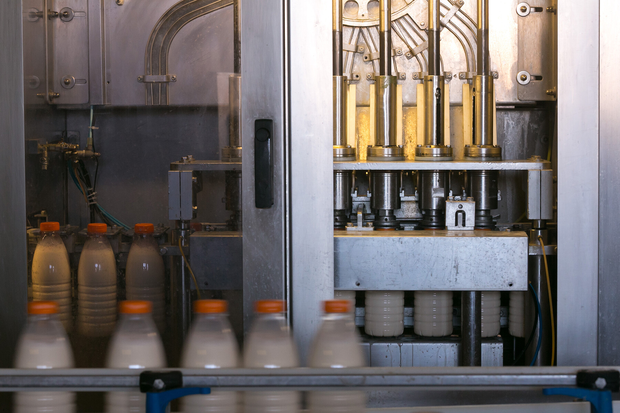
“To realise the growing volume of raw materials, it is necessary to implement two directions: an increase in domestic consumption and an increase in exports. We have a great potential for domestic consumption. Today, even with the internal demand that exists, we can increase production volumes in Russia as a whole by at least 1,5 times. There are all possibilities for this. The processing capacity is only 60 percent loaded. There is also room for growth in exports. Despite that the volume of deliveries of dairy products abroad has increased 2,5 times compared to last year, this is still a meager amount. For example, Algeria. The market volume is 400 thousand tonnes of catfish (skimmed milk powder — ed.). If Russia supplies at least 20 thousand tonnes (5%) there, then this is 2 million tonnes of raw milk," Pirogov calculated, adding that today the total export is only 12-15 thousand tonnes of catfish.